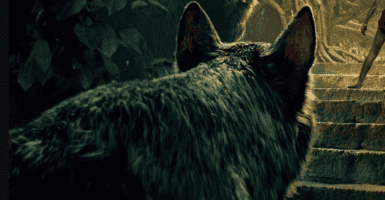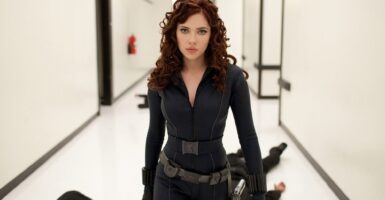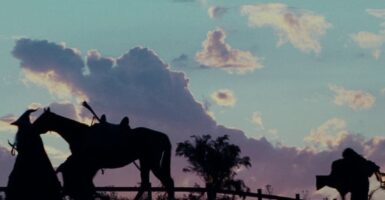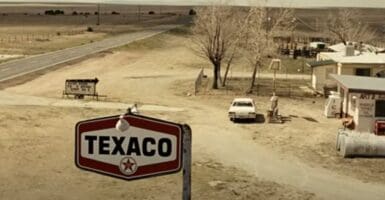The Best Television Shows You Didn’t Know Were Based On Comics
Television shows based on comics include Happy!, Snowpiercer, and iZombie.
While comic books are dominating at the box office, they’ve also been influencing the small screen, from the success of Daredevil and The Boys, not to mention the decade-plus success of the Arrowverse, to plenty of other shows that aren’t as obvious in their print-based origins. The show’s on this list may not seem like it, but all of them originally started out as comic books.
iZombie
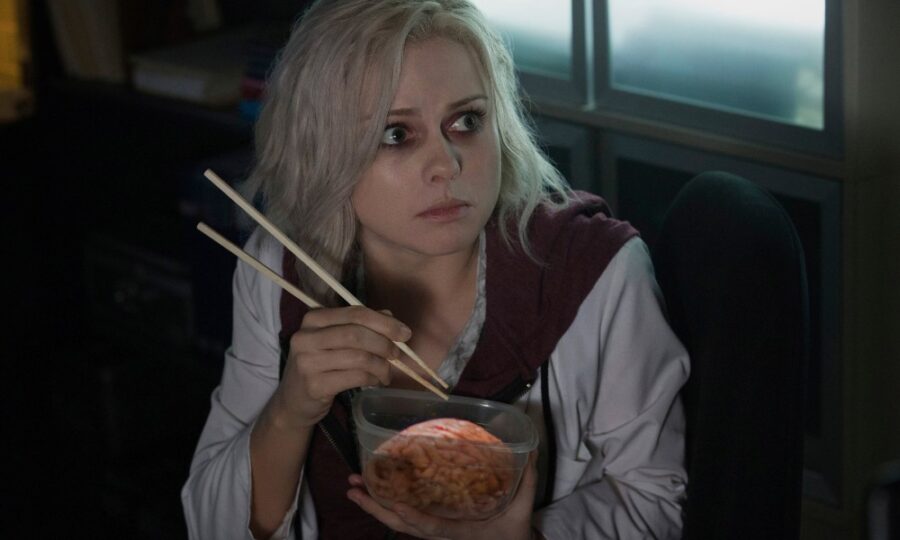
iZombie aired for five seasons on The CW, and as with the network’s superhero shows, it’s originally based on a DC comic, specifically from the Vertigo imprint (the same brand that gave us Sandman). In making the jump from the page to the screen, Rob Thomas, the creator of Veronica Mars, ditched most of the supernatural universe from the comics, including the ghost best friend, but did a great job keeping the feel of the story.
Liv Moore (Rose McIver) works at the morgue, using her appetite for brains to solve crimes thanks to the strange side-effect of giving her partial memories of the corpses she munches. The case-of-the-week format takes a wild turn in Season 4, leaving behind any vestiges of the source material in the process.
Lucifer
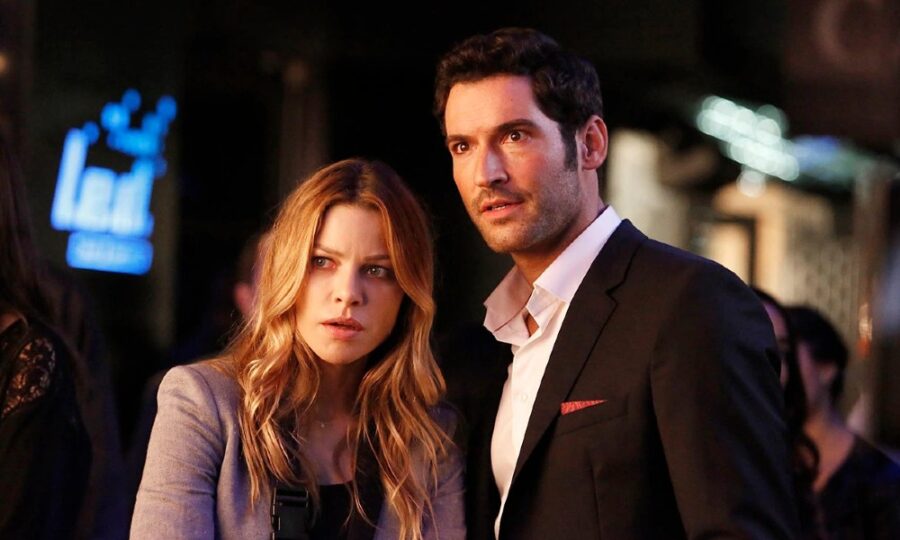
Another Vertigo comic that was turned into a case-of-the-week series, Lucifer also has only the base concept in common with its source material. The series, starring Tom Ellis as the Lord of Hell, isn’t nearly as strange and bloody as the comic books, but that doesn’t mean it’s bad.
In fact, it includes some fun nods to the source material, from a Halloween episode that lets Maze (Lesley Ann-Brandt) show her comic-accurate design to including writer Neil Gaiman as the voice of God for a fun alternate-reality one-off episode. During the Arrowverse “Crisis on Infinite Earths” cross-over, Lucifer made a brief appearance (designating his reality as Earth-666 in the process), but that’s the extent of the superheroics that made it to the small screen.
Preacher
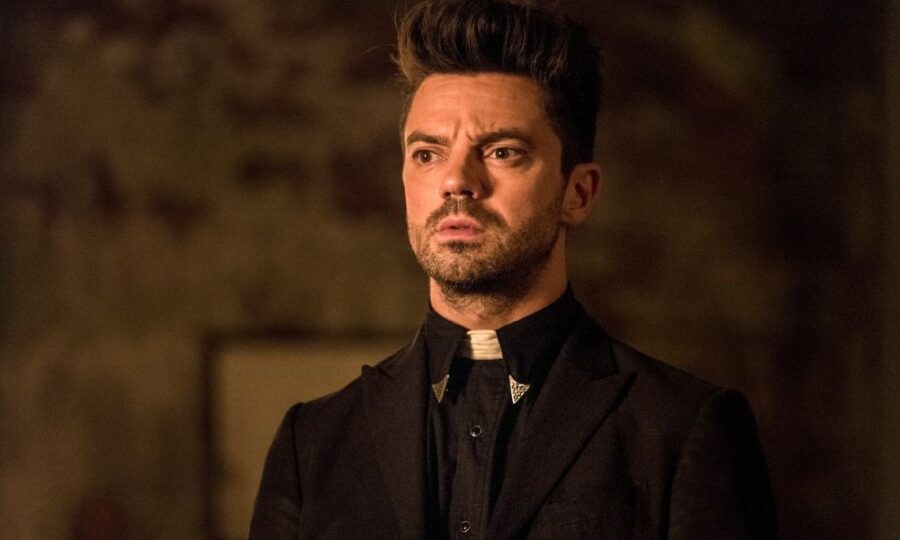
Preacher aired for four seasons on AMC, and it had to deviate wildly from the original comic written by Garth Ennis, the famed Irish writer that also created The Boys. Another of DC Comics Vertigo titles, Preacher starred Dominic Cooper in his second comic role following his portrayal of Howard Stark in Marvel‘s Agent Carter. This time, he plays Jesse Custer, a preacher that sets out to literally find God, and sets off a divine war in the process.
Bloody and violent, Preacher pushed the boundaries of a comic book, and even though the show is more sanitized, it’s still closer to The Boys than Lucifer. Attempts were made to be accurate to the source material, but one character had to have their face changed because no one wants to see a main character with a butt for a face.
Happy!
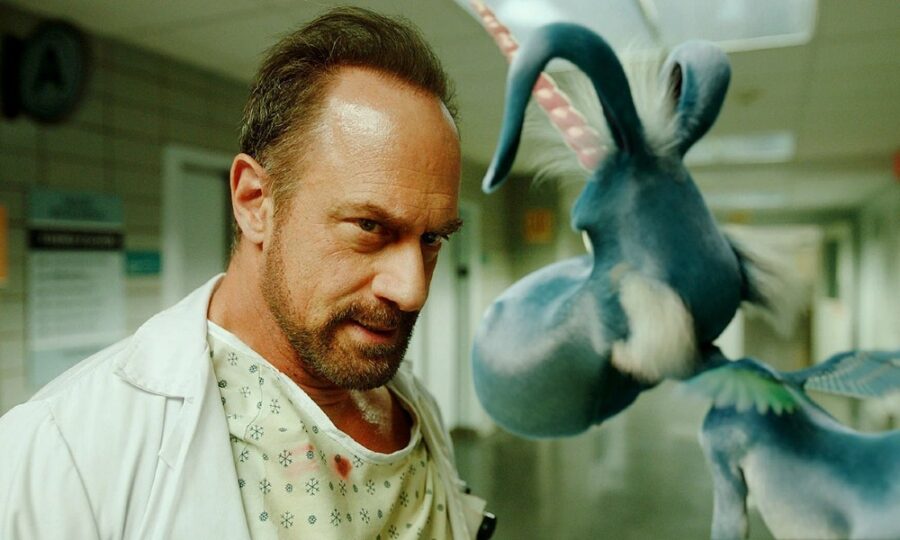
Happy! stars Christopher Meloni as Nick Sax, a former police detective that’s now a part-time hitman for the mob, and one day he starts to see the imaginary friend, Blue (Patton Oswalt), of a young girl that’s been kidnapped. It’s also based on a Grant Morrison comic, the same writer behind Doom Patrol and some of the best Batman story arcs, which explains why it gets very weird very quickly.
And yet, this time, the television show pushes further, adding in demons and more imaginary creatures that the original comic didn’t include. The show peels back multiple layers, going to very unexpected places in Season 2, somehow working in Jeff Goldblum, Jerry Springer, and Weird Al as guest stars.
Tales From The Crypt
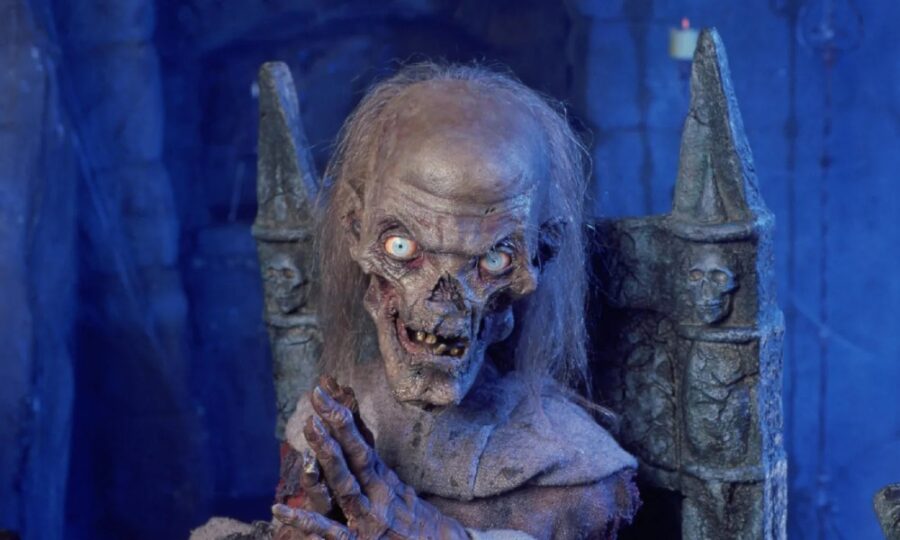
Before superhero comics came back in the early 60s, horror comics ruled the industry, which is what led to the infamous Comics Code, and Tales From The Crypt was one of the best of the bunch. That’s what made the series perfect for HBO, as it could use the original stories without having to heavily edit and censure for broadcast networks.
Tales From The Crypt aired for 93 episodes, and most of the stories told in the anthology series were, indeed, directly pulled from the original comics of the 1950s. The list of guest stars that appeared is amazing, going from Slash to Arnold Schwarzenegger, Brad Pitt, and Tom Hanks.
Dark Matter (2015)
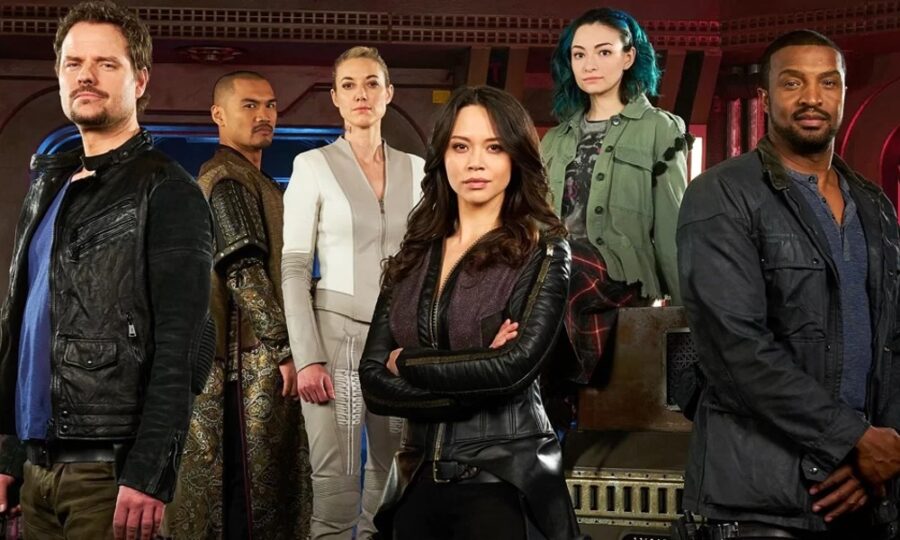
A SyFy series developed by Joseph Mallozzi and Paul Mullie, two writers for the Stargate franchise, Dark Matter starts out with a group of amnesiac passengers that discover they are the worst criminals in the galaxy. Considering the comic it’s based on was also written by Mallozzi and Mullie, this is the show with the least changes from page to screen.
Dark Matter takes the basic premise of the pilot and quickly takes off, developing into a fan-favorite series that ends on a devastating cliffhanger. Focusing on the interplay between the ramshackle crew, they slowly figure out why they had their memories wiped, who they really are, and how that impacts galactic politics.
Snowpiercer
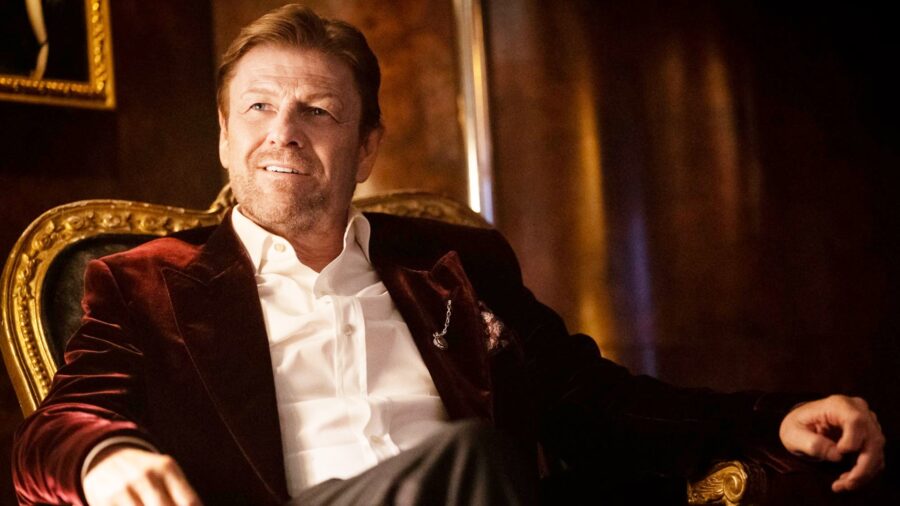
Snowpiercer is based on the 2013 film Snowpiercer and the 1982 graphic novel Le Transperceneige by French author Jacques Lob. The cast, led by Jennifer Connelly and Sean Bean, is the most star-studded of any of the shows on this list, which is somewhat ironic given the series’ emphasis on class struggle in a frozen post-apocalypse wasteland.
The original graphic novel didn’t catch on worldwide until after the movie and series premiered, but once it was translated and published internationally, Snowpiercer became a success again. The very rare property that was a successful film, television series, and comic, Snowpiercer has a recent prequel series, published in 2019, still ripe for adaptation.
Human Target
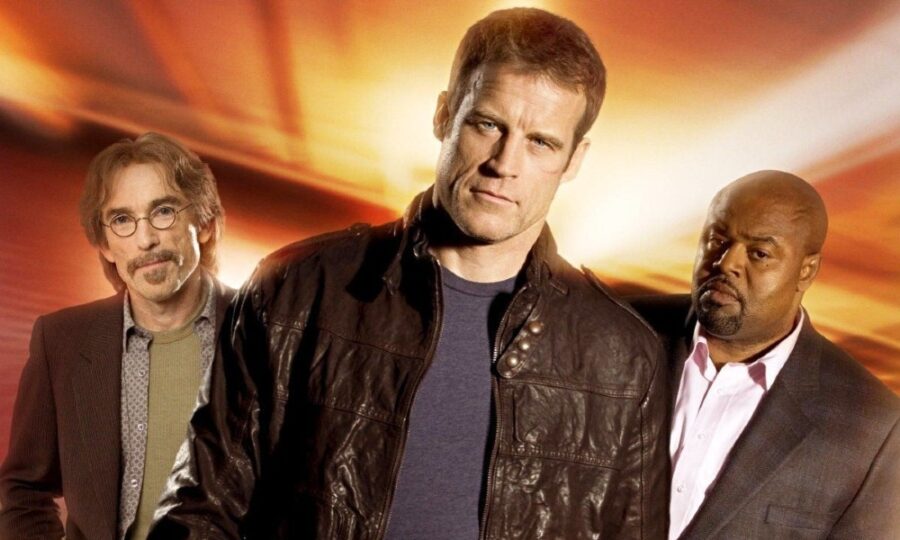
Human Target was originally a comic book about Christopher Chance, a security expert and bodyguard hired out by the wealthy. Created by Len Wein (he created Wolverine) and Carmine Infantino (he created Barry Allen, The Flash), Chance had an amazing comic pedigree but is also the least likely show on this list to have come from DC Comics.
The series, starring Mark Valley as Chance, was not a hit and struggled with ratings for two years, but it’s a fun adventure series that was going for the pulpy feel of the original comics. When Arrow brought Christopher Chance into the Arrowverse, it ignored the television series, and had a younger, inferior actor take over for Valley.


